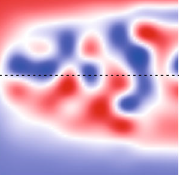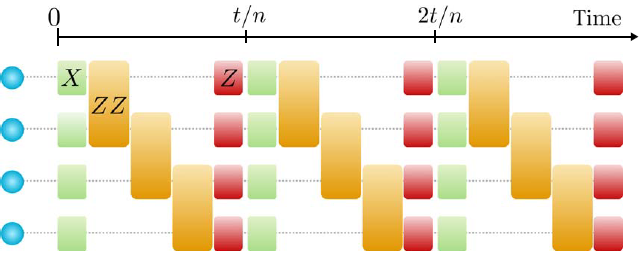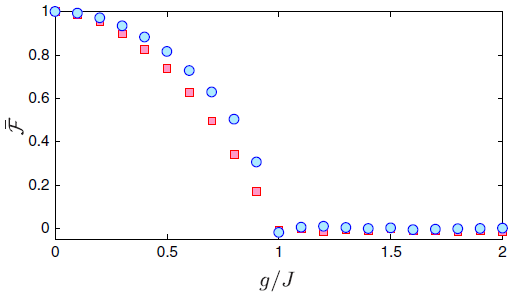
Quantum information
Quantum information
Concepts from quantum information science have developed into central tools for quantum many-body theory. For example, exotic quantum phases such as spin liquids, topological, or many-body localized systems find their characterization in their peculiar quantum entanglement properties. Furthermore, entanglement plays a key role in many numerical approaches such as tensor network methods, which are developed at our institute. As such, entanglement in quantum many-body systems is not only important for the characterization of phases and phase transitions but also for the performance of computational approaches to describe such systems.
From the reverse perspective, quantum technological systems such as quantum computers are now on the way to reach a regime where quantum many-body effects start to play a crucial role. In this way, these experimental platforms constitute a natural interface between quantum information science and quantum many-body theory, where the knowledge of the properties of quantum many-body systems can be used to study quantum technological applications.
It is our purpose to explore the rich physics at this interface with the aim to improve computational methods such as tensor networks, to apply quantum information concepts such as entanglement to quantum many-body systems, or to use concepts from quantum many-body theory for a description of quantum technological applications. For more details on current and recent research highlights in this field see the collection below.


